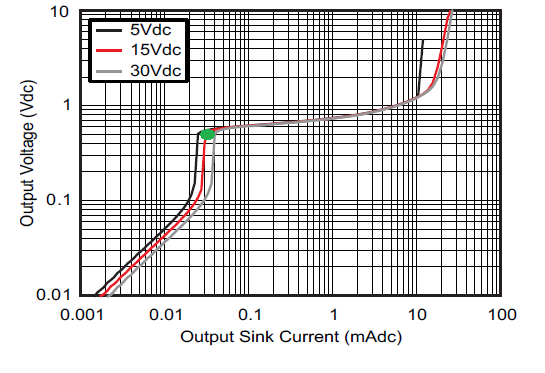Other Parts Discussed in Thread: SG2524, , TLV272
Hello,
I'm having some issues with a current measurement on a newly designed PCB. I have a 2.5m current measurement resistor that is to carry a maximum of 20A. It is connected as in figure.
The idea is that when the current reaches 20A, we get a 40mV voltage on the current measurement resistor. Thisis then amplified by a factor 4 by one of the two lm258 in the SOIC8 package. The output is fed to the Current limitation + pin of an SG2524 (pin 4). This shoul limit current at approximately 20A as the threshold for the SG2524 is 200mV.
The lm258 is supplied between 12V and ground.
The issue is that with no current in the current measurement resistors, we get an output voltage of 470mV instead of approximately 0V. This is an issue as it causes the system to not operate as it is always in current limitation. What could be the issue/solution?
Thanks,
Gabriele Ulissi


